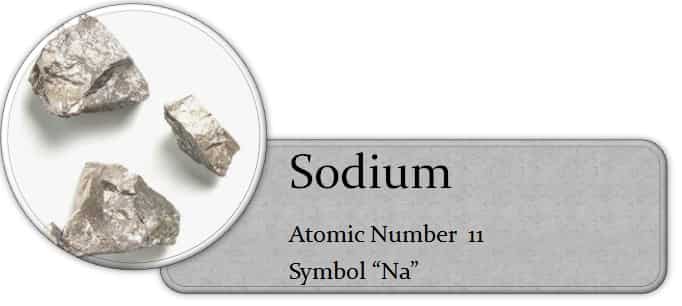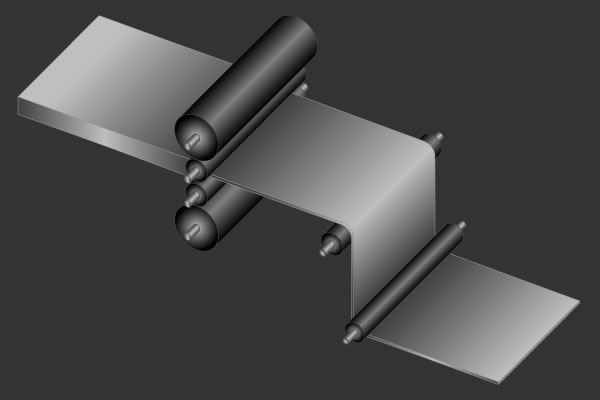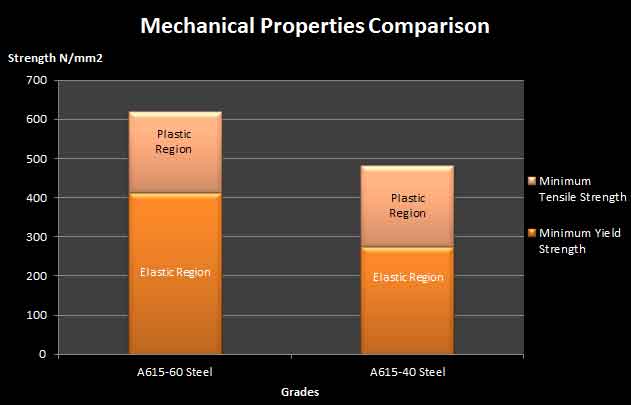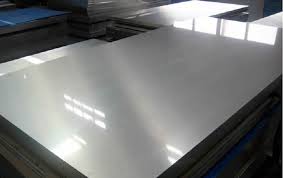Sodium Chemical Symbol “Na” Atomic Number 11
Sodium belongs to the chemical elements belonging to group 1 i.e. alkali metals. Lithium, rubidium, cesium, francium, potassium are other members of group I of the periodic table.
Occurrence of Sodium: About 2.27% of sodium is present in the earth’s crust. Sodium is the seventh most existing element on the earth while fifth most known metal after aluminum, calcium, iron and magnesium. In the ocean 1.08×104 milligrams/liter.
Sodium has never been found as a pure element because of its high reacting power. In many soluble minerals sodium is also present like natron and halite while in less soluble minerals like zeolite and amphibole. Even in the environments of solar system sodium is present such as moon’s exosphere and atmosphere of mercury. It is also found in other bodies as well.
Physical Properties of Sodium: At standard temperature and pressure, sodium is a soft silvery metal which gives grayish white sodium oxide when combine with oxygen in air. Sodium can be easily sheared of with the help of a knife and is in addition to it, sodium is also a conductor of electricity & heat.
Its valence shell contain one electron which also result in weak metallic bond. Sodium is a metal which also float in water due to its low value of atomic mass as compare to high atomic radius. The melting point of sodium is 98 degrees Centigrade while the boiling point is 883 degrees Centigrade.

Sodium Metal
Alloying Behavior of Sodium: Sodium also act with potassium as an alloying agent. It is called as NaK. It is also known as alloy of two alkali metals i.e. sodium and potassium. They both are normally liquid in state. They are also highly reactive metal with water.
Sodium and potassium can easily catch fire when they are exposed to air. It is used as a coolant element in the fast neutron nuclear reactors. It is very useful because this prohibits it to use the lead or pure sodium which is quite more costly then it.
Chemical Properties of Sodium
To form sodium oxide sodium reacts with oxygen and it forms a white coating. When it’s burned in air it forms (Na2O2). Sodium reacts with hydrogen and it results in the formation of NaH. When water reacts with sodium and with snow it forms sodium hydroxide as well as hydrogen gas. It is also known as exothermic reaction.







